Denise describes how growing-up in South Africa predisposed her to take an "African view of Las Vegas" and how study on three continents took her into urbanism and led her with, Robert Venturi, from Rome to Las Vegas and back to Rome, in search of an iconographic architecture of communication and an understanding of the automobile city. In the 1990s and 2000s when work brought them to Asia, Robert and Denise turned their research to Japanese and Chinese cities. Here she discusses their work in China and what they learned there, setting it within the context of their wider thought and lives.
This article concludes a four-part interview. Read part one, part two, and part three.
Brendan McGetrick: Which built projects do you feel represent important statements or breakthroughs for you?
Denise Scott Brown: In our office the first idea about an architectural project might be originated during campus and area planning. It's evolved as an indicative plan and pre-schematic design for a building or building complex that is central to the plan and whose working must be established early. I'm proud of the fact that it is my parti and can verify it by the location of the sketches — in our planning report and dated well before we had architectural contracts. That happened with the Dartmouth College library, the Penn Perelman Quad and the University of Michigan Life Sciences complex. But I have been involved in the conceptual design of almost all our major architectural projects and over the years a number of these have evolved from my parti.
At Franklin Court, a commemorative museum for Benjamin Franklin, there were two key concepts: one was to put the whole museum underground and convert the building site to a park to serve the dense area of town that houses the museum. A route through this park tied into the greenway system that Edmund Bacon, Philadelphia's planner, designed for the area. So we gave the city a park it did not expect. No fanfare heralded this idea and people may think the park was always there, but my heart leapt the first time I saw a man carrying a briefcase walking through it taking a short cut between sectors of the office world on either side. That was the first generative idea for Franklin Court and it had to do with activity patterns planning that I'd learned from urban economics. The second, which is noticed and loved by everyone, including me, was the "ghost structure" and that was Bob's. Our collaboration takes this form at times and at others we have different roles. And surely creativity is at play throughout the team and between us and the engineers. But both ideas were creative and their combination particularly so, and to say that an idea, let alone a building design, emerges from one mind only is not true. Frequently our ideas originate and grow through capping, his on mine, theirs on ours. Or one person has it and another sees its relevance.
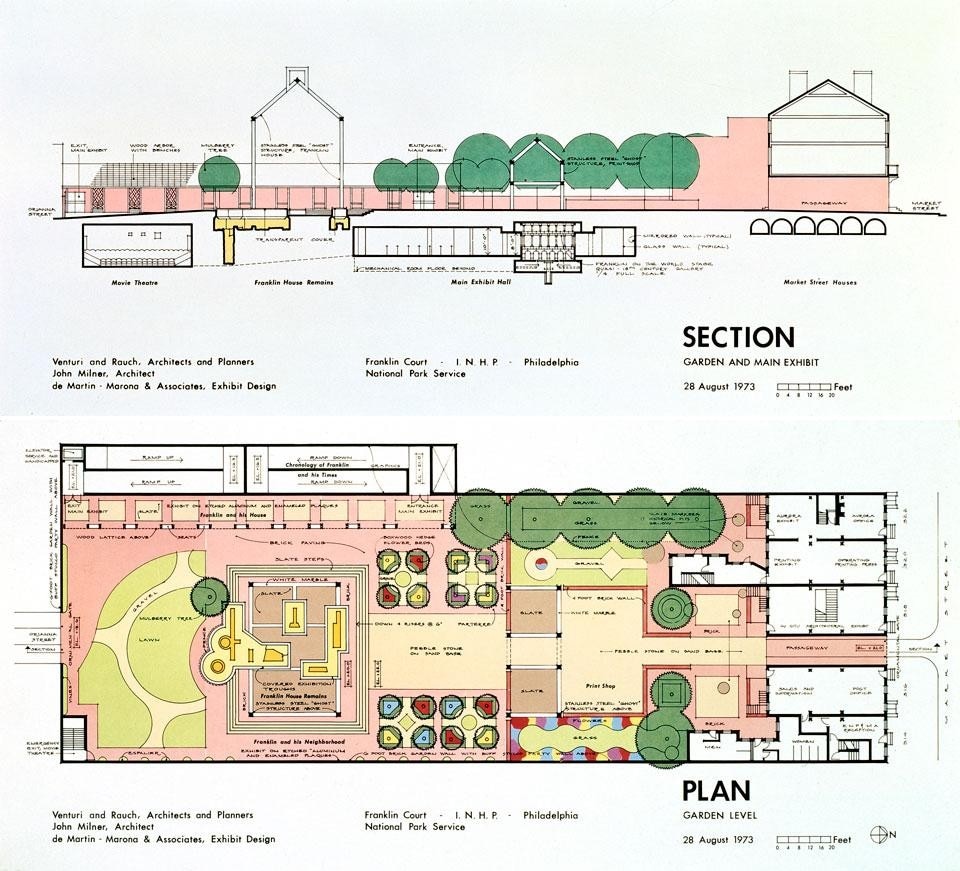
.jpg.foto.rmedium.jpg)
It differs with different projects and often it happens when the two of us are away from everyone else. This is how it happened with our building in Toulouse: After we'd visited the site we gathered in Philadelphia with associate architects from Toulouse and New York to pour over a site plan showing a large piece of cleared land surrounded by a canal on one side, a busy arterial on another, and small medieval roads on the others. North and South of the site there were local shopping areas, one on the arterial as it approached the canal bridge, and another within a recent commercial development. One architect began the discussion by saying You could put a slab here, another this way, a third that way… It was as if he was furnishing a room: We'll put an armchair in this corner, a rug over here, and here will be the lamp.
Architects, lacking knowledge of urban activity patterns, economic relationships and how transportation works, look at a big site and ask, what should I do? By approaching a cleared redevelopment site as a big room they get way out of scale. I conceived of it as a continent or country, like China, across which ran the Silk Road, generating activities, whole cities, in fact, and relationships with its hinterland as it proceeded.
The trade route model suggests that you carry the streets of the site beyond its borders and link them to arterials in the region, near and far. Then you generate activities that go with the demand you've created at street crossings, placing intensely used parts of the project where its main "streets" cross and more private uses where there is less accessibility
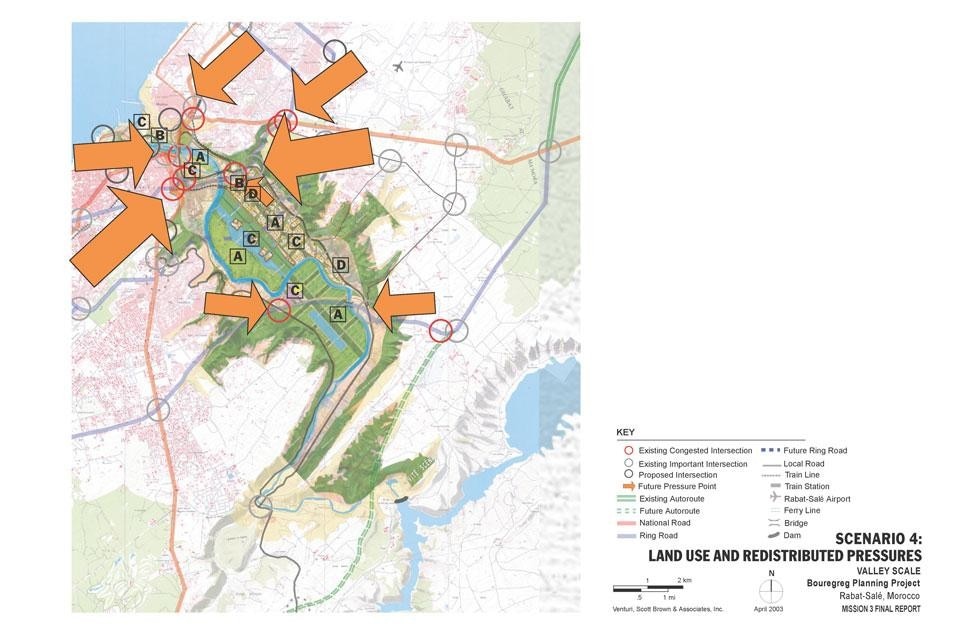
Population growth in Rabat and Saleh, cities at the mouth of Morocco's historic Bouregreg Valley, has precipitated development, some illegal, along its highways, threatening its ancient history and beauty, and diminishing the benefit it provides the region. An existing plan suggests various scenarios for the Valley floor but ignores the factors that cause illegal urbanism.
Our first map depicted existing congestion at traffic intersections and suggested areas of future pressure for growth, between the two cities and to the south, from in-migration of desert nomads. "What are the aims of the plan?" we asked, "And what government policies for regional population growth are you working to?" The reply was, "We don't know, no one knows," and agency members suggested that we architects were called in to paint a beautiful picture.
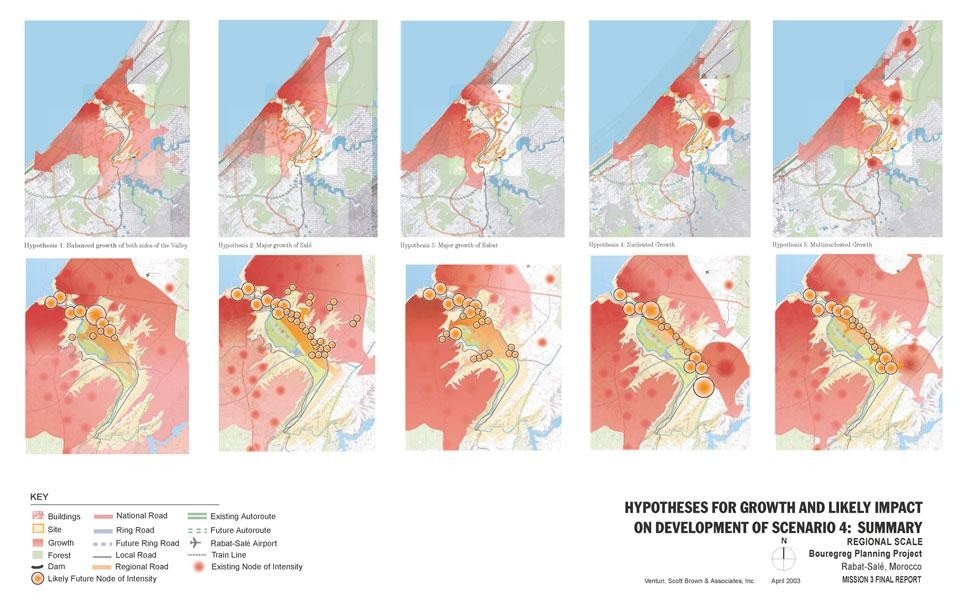
Coming back to Toulouse, I said, one kindness you can do pedestrians is to draw a route across the site relating it to the shopping centres at either end and to uses beyond. This produced the "chicken bone" plan of a regional shopping centre and the "potential" model of urban economics. Gravity and potential models belong in "city physics." Here urban activities are likened to particles in physics and the potential for attraction between sets of them is investigated. Continuing, I said, the diagonal provides access and a short cut for pedestrians. There should be car entrances from the perimeter roads to below ground parking and the deputies' entrance to the Assembly. We want to set the buildings well within the site anyway, because they are big in comparison with the small houses and businesses of the area, and we should keep them low by spreading them out. So line the diagonal on either side with the administrative wings that must be reached by a walking public and connect them with each other over the diagonal with bridges. Then make gateways, some ceremonial some functional, from the perimeter streets.
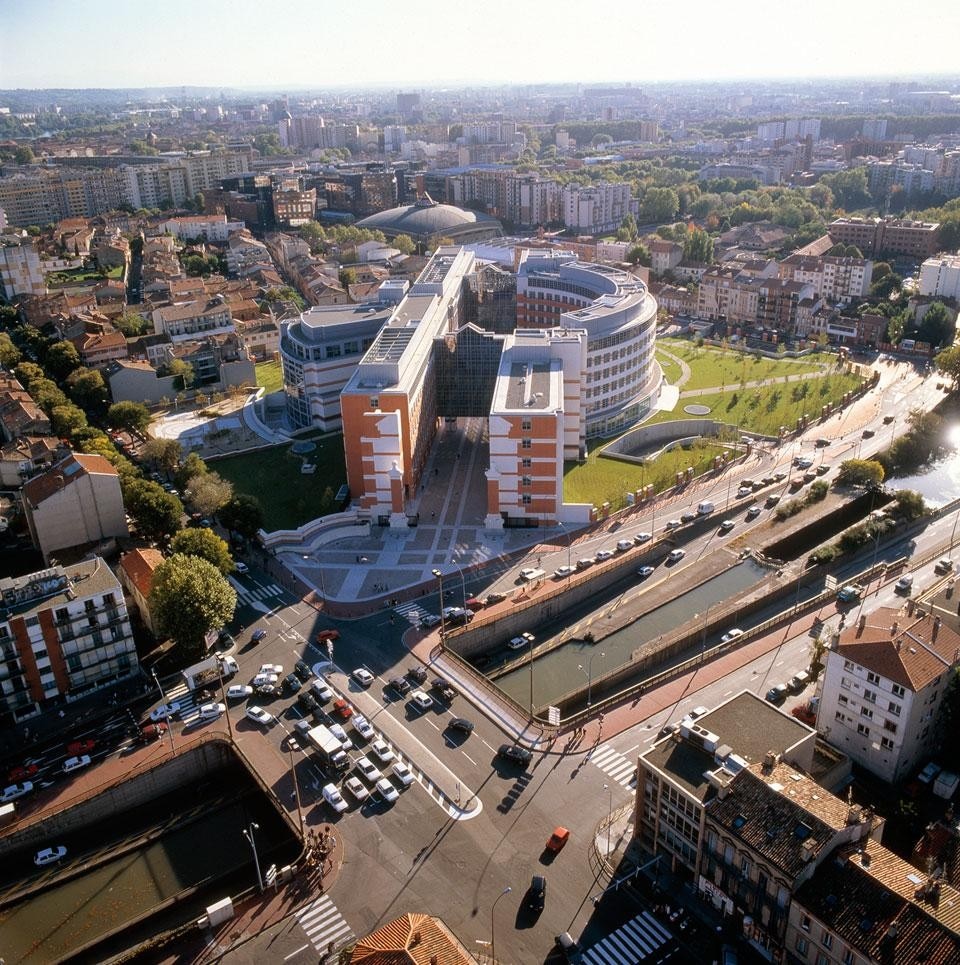
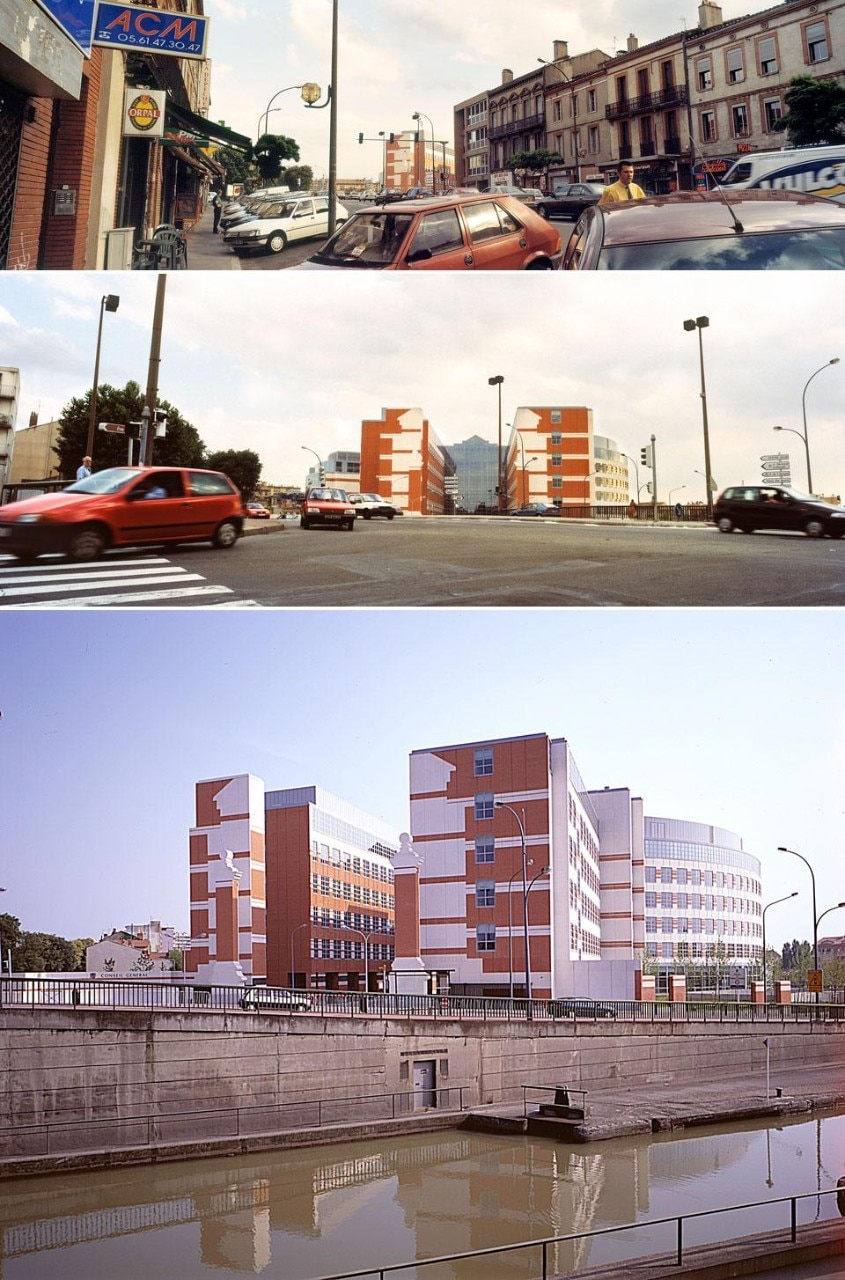
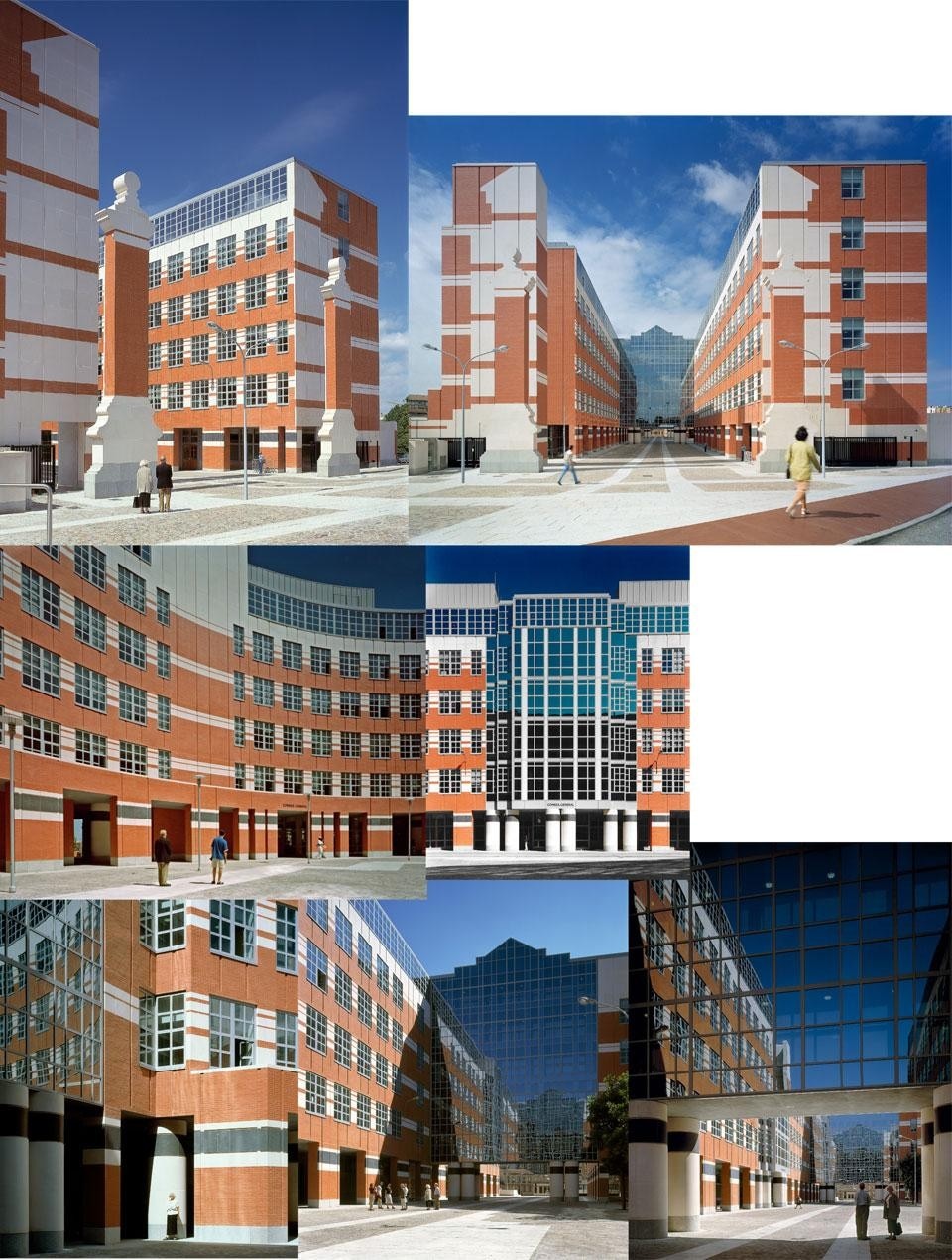
Denise has taught architecture, planning, and urban design at Penn, UC Berkeley, UCLA, Rice, Yale and Harvard, and has lectured widely. She has planned cities and towns; was campus planner for inter alia Dartmouth College, Brown University, the University of Pennsylvania, Harvard's Radcliffe Institute, and Tsinghua University in Beijing; and directed the University of Michigan's campus master plan. She led or contributed to dozens of design and planning projects for academic, civic, cultural, and municipal clients around the country and world, including Dartmouth's Baker Berry Library; Penn's Perelman Quadrangle; the Mielparque Nikko Kirifuri resort, Japan; the Conseil Général Building in Toulouse, France.
Her professional work, writing and research have influenced thought on architecture worldwide and are under reappraisal by students and a new generation of architects entering practice today.
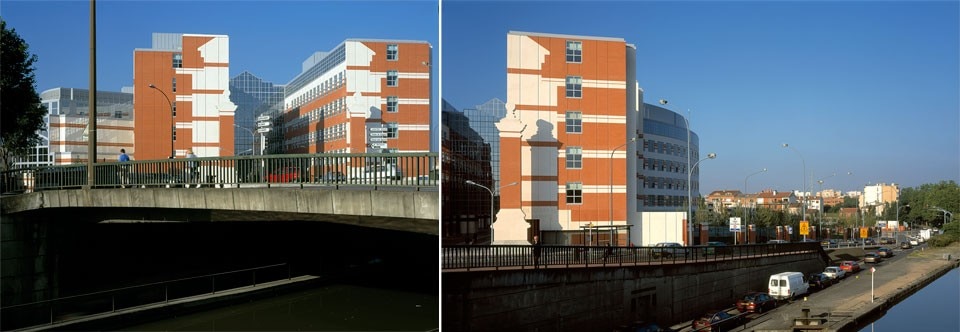
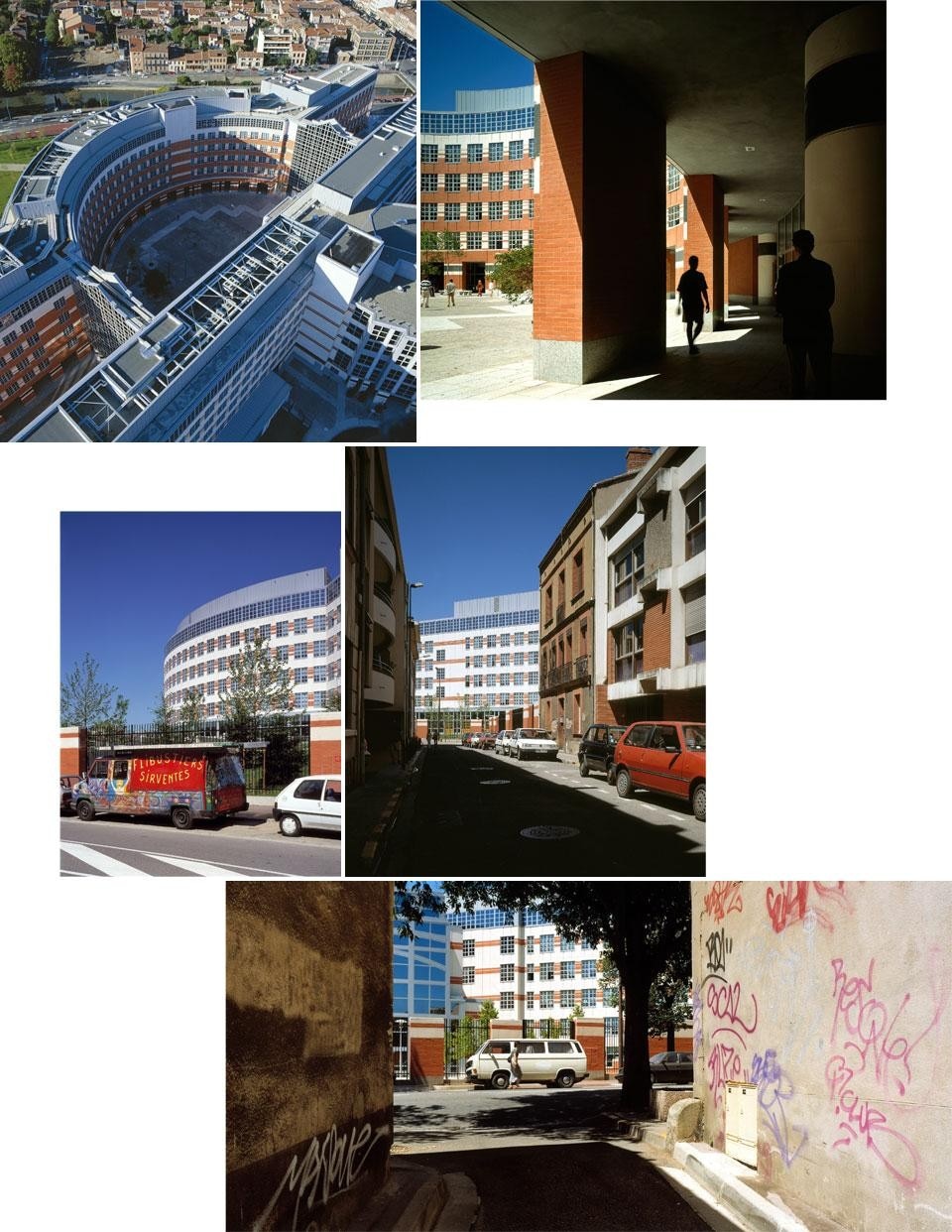


1.jpg.foto.rmedium.jpg)